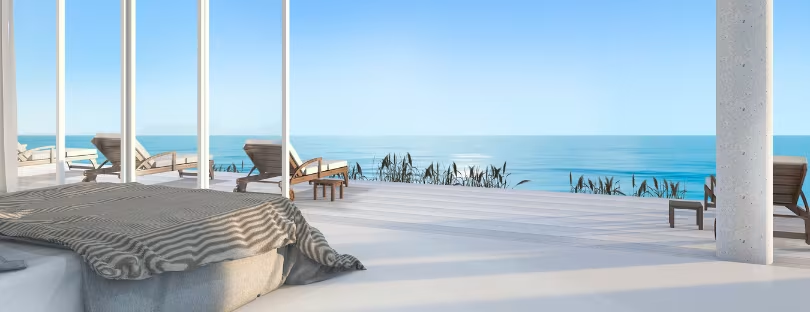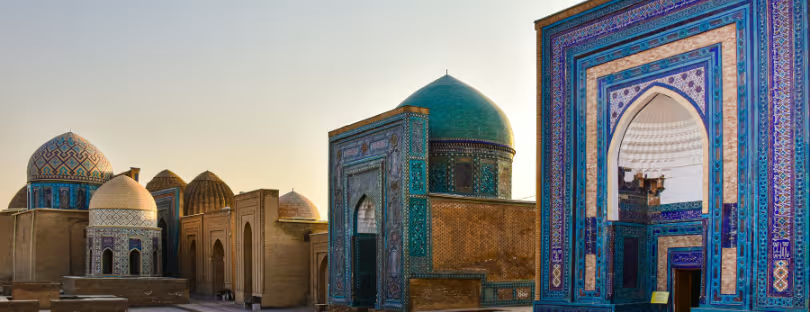
Inside the Travel Trend Putting In-Room Tech at Center Stage
For a growing number of travellers, the classic holiday evening—bars, night markets, busy clubs—just isn’t the default anymore. Instead, hotel rooms have quietly transformed into personalised entertainment hubs. Guests stream what they want, play what they want, and unwind exactly how they want. And if you’re a gamer, the idea of “disconnecting” on holiday barely exists anymore. You can open your laptop, check the best online slots of 2025, fire up a console, or jump into a cloud-gaming session in seconds. in-room entertainment trends
This shift isn’t about travellers suddenly becoming antisocial. It’s about convenience, control, and comfort—and hotels have quickly understood that evening entertainment no longer happens only outside their walls.
What Hotels Have Changed Behind the Scenes
To make this new behaviour even possible, hotels had to rethink the basics. Years ago, location and breakfast buffets drove bookings. Today? It’s bandwidth, ports, and screens. Modern travellers expect their room to function like a mini media centre, which means:
- Wi-Fi that can handle 4K streaming and gaming
- Smart TVs with casting built in
- Convenient charging and adapters near beds
- Soundproofing and blackout curtains for immersive viewing
If any of this is missing, reviews suffer—especially from Gen Z and Millennial travellers who consider connectivity a non-negotiable feature. Hoteliers quietly confirm this: properties with upgraded digital infrastructure report higher guest satisfaction and longer stays. Marriott and Hilton both highlighted this trend in recent investor briefings, and Accor has specifically pointed to “in-room digital experience upgrades” as a competitive advantage moving into 2026.
How Destination Infrastructure Shapes the Experience
Of course, geography still matters. A digital-first evening is only fun if the connection actually works. Infrastructure quality, content licensing, and gaming laws vary more than travellers expect.
Western Europe and the US generally deliver stable connectivity. Asia-Pacific cities like Tokyo, Seoul, and Singapore are on another level entirely, often offering faster speeds than most travellers experience at home. But content restrictions are a wildcard. Licensing blocks, geo-limitations, and region-locked gaming content can disrupt even the best setups.
That’s why seasoned travellers heading to Japan, Thailand, or Indonesia increasingly rely on tools like global streaming subscriptions, cloud gaming accounts, and—when legally permitted—VPNs to ensure continuity.
Meanwhile, regions like the Middle East offer excellent accommodation quality but apply stricter controls on gaming platforms and streaming content. The result? In-room entertainment is possible, but you need to know what your destination supports before you pack your travel tech.
How Spending Habits Are Quietly Shifting
The economics of travel evenings are transforming too, just not in the dramatic “nightlife is dying” way some headlines claim.
A more accurate picture: travellers are reallocating rather than reducing spending.
- Instead of paying for taxis to nightlife districts, they order food in.
- Instead of visiting bars every night, they choose one or two standout evenings.
- Instead of booking cheaper rooms, they pay more for hotels with premium digital infrastructure.
Hotels are smartly responding. Integrations with UberEats, DoorDash, Glovo, Deliveroo, and local delivery apps help them capture F&B revenue indirectly. Some brands even offer exclusive in-room dining collaborations or streaming bundles. This aligns with broader industry trends: according to Skift and Phocuswright, “quiet nights in” grew significantly among post-pandemic travellers, especially in urban destinations known for nightlife.
Where This Trend Hits Hardest
Destinations built heavily on nightlife—Ibiza, Las Vegas, Bangkok’s entertainment zones—still attract crowds, but visitor behaviour has undeniably changed. Multi-concept venues offering gaming, immersive art, karaoke, and social photo ops tend to outperform traditional bars and clubs. If an experience isn’t unique or social-media-friendly, foot traffic drops.
For smaller tourism economies, adaptation is key. Restaurants offering delivery survive better. Daytime experiences—cooking classes, cultural walks, adventure sports—gain traction with travellers who want to socialise on their terms, not necessarily late at night.
What Social Travellers Should Do
If you do want to meet people, the rise of in-room entertainment doesn’t doom you to loneliness. But it does mean you need to be more intentional.
Hotels now design hybrid spaces:
Communal Entertainment Spaces
Gaming lounges, esports watch parties, pop-up film screenings.
Socialised Workspaces
Co-working areas that become social zones after 6 p.m.
Event-Driven Community
Trivia nights, food tastings, or themed watch parties for big streaming releases.
It’s less about forcing interaction and more about offering easy opportunities for connection—something traditional hotel bars never fully mastered.
Why This Shift Matters and Where It’s Heading
The rise of in-room digital entertainment isn’t a quirky trend—it mirrors the broader evolution of travel behaviour, similar to how airlines shifted from free entertainment screens to “bring your own device,” or how platforms like Airbnb reshaped expectations around personal comfort. Hotels are now competing on digital experience in the same way streaming services battled for living-room dominance. in-room entertainment trends
Looking across the industry, the players adapting fastest—Marriott with its IoT-enabled rooms, citizenM with Chromecast-first setups, Accor with hybrid social spaces—are setting the standard others will follow. Reliable sources, including Skift Research, Deloitte’s 2024 Travel Outlook, and the latest Phocuswright Hospitality Study all point toward the same conclusion: the future of travel evenings is flexible. Some nights out, some nights in—but always on the traveller’s terms.
Nightlife isn’t disappearing. It’s simply no longer mandatory. And for modern travellers, that freedom is what makes the journey richer.











